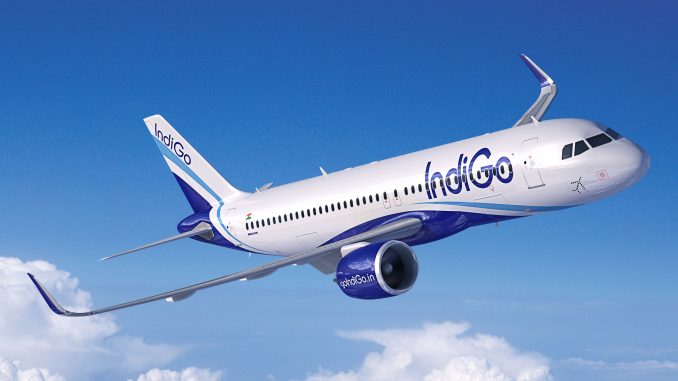
Indian low-cost carrier IndiGo has been advised by India’s Directorate General of Civil Aviation (DGCA) that the way it operates its fleet of A320neo aircraft could be the reason behind 13 in-flight engine shutdowns of the Pratt & Whitney PG1000G engines, earlier this year.
IndiGo’s standard operating procedure in the climb was to use full thrust, in order to reduce the climb time and therefore overall fuel burn for the flight. However, the DGCA has advised the airline that this method of operations could be the reason for the engines to shut down in flight, citing increased wear, which may be contributing to the problem. IndiGo has seen the highest rate of failure of the new PW1000G engines of any carrier operating the A320neo with that engine option. CFM LEAP1A powered A320neos are unaffected. Engine maker Pratt & Whitney says there is no correlation to the thrust ratings used and the rate of failures experienced.
IndiGo is the world’s largest A320neo family customer with a recent order top-up of 300 aircraft, taking the airline’s order book to a total 730 A320neo family aircraft. Almost 100 have been delivered so far. It also operates more than 120 previous-generation A320ceo.
This is not the first time the brand new Pratt & Whitney PW1000G family of Geared Turbofan (GTF) engines have suffered problems. In October, Swiss International Air Lines temporarily grounded its entire Airbus A220 fleet after two aircraft both suffered engine problems, including an unconfined failure, where volunteers helped find damaged engine parts on the ground in France. The Airbus A220 is powered by a smaller variant of the engine that powers the A320neo – the PW1500G. The investigation into the cause of these failures is ongoing.
Matt is a Berlin-based writer and reporter for International Flight Network. Originally from London, he has been involved in aviation from a very young age and has a particular focus on aircraft safety, accidents and technical details.



